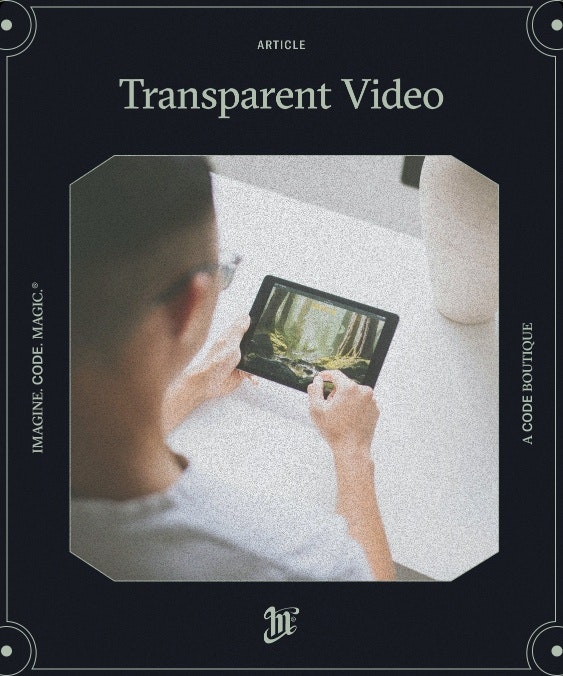The Possibilities of DOOH Advertising
In-store displays
Does an in-store display count as out-of-home? For the sake of this article, sure.
Display digital content in a physical location. Sometimes called “Phygital”, a way to showcase digital prowess, gather data, and bind customers digitally while they’re shopping.
You can display out-of-stock items, make people familiar with your online store, or allow people to fit clothes or shoes without having to wait in line.
It can seem counter-productive to distract people while shopping with a digital experience. But inter-connected brands seem to do way better than traditional ones¹.Interactivity and Engagement
Digital billboards should be inviting you to become part of the experience.
By scanning a QR code or tapping your phone via NFC, your smartphone can transform into a controller, allowing you to be a part of the experience. Maybe you're playing a game, customizing a product, or contributing to a live poll that shapes what's shown next.
This seamless integration of mobile technology bridges the gap between the physical and digital worlds. By utilizing protocols like WebSockets, the billboard can handle real-time interactions from multiple users simultaneously. Groups of friends or even strangers can collaborate or compete, turning a passive viewing experience into an engagement with your brand.
Is this the future of out-of-home advertising? Absolutely. It's not just about displaying content anymore; it's about creating meaningful interactions and telling elaborate stories.
By hooking up smartphones, brands can extend the experience beyond the screen; back into homes, gather valuable insights, and foster a deeper connection with their audience.Augmented Reality (AR) Experiences
Augmented Reality is changing the game. Billboards can be hybrid now. Both static and digital at the same time. Let me explain.
Using a QR Code, you can point your phone camera to the poster and visit a website. With machine learning, we can train a program to recognize the poster through your phone’s camera. By replacing or adding 3D content to the camera’s view, we extend reality and add new life to what you see.
You're not just looking at an ad anymore; you're part of an interactive brand story. Brands can use this to elaborate on narratives, showcase products in 3D space, or even hand out digital goodies or coupons on the spot.
Some billboards or displays have built-in cameras. These can detect when people are nearby and trigger interactive content accordingly. Maybe the display changes as you approach, or it reacts to your gestures. It's a whole new level of engagement that turns passersby into active participants.
We’ve been experimenting loads with gesture-based displays and billboards, more on that later.
By combining AR with (digital) out-of-home advertising, brands can connect with audiences in new ways.Realtime Content
Being able to dynamically update content allows for interesting opportunities when advertising out of home.
Being able to change content instantly based on the time of day, weather, or events is invaluable. By creating moments you create memories, allowing people time to interact with your brand may leave a lasting, positive impression.
Changing the OOH’s copy or assets based on temperature, rain, or sun can be very interesting for travel, retail, or seasonal brands.
Next to that, dynamic content is particularly handy when it comes to tailoring to the wants of specific locations, audiences, or other demographics.Conclusion
Digital Out-of-Home advertising offers limitless opportunities for brands to create interactive, immersive, and data-driven campaigns that engage people in meaningful ways. From real-time updates and relevant context to augmented reality, the potential for magical innovation is enormous.
As brands embrace these technologies, they enhance brand visibility but also foster deeper customer connections, driving engagement both in-store and out in the world. Adopting DOOH is no longer just a trend—for the right brand, it can be a powerful strategy for staying ahead in today’s digital-first world.



